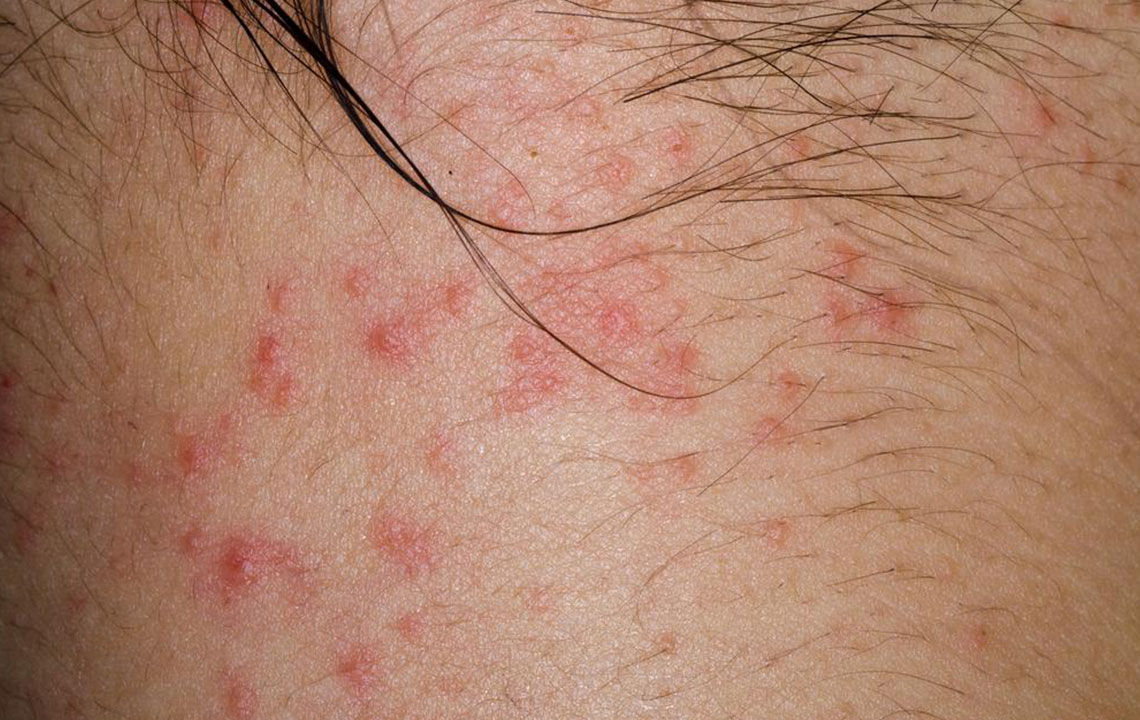
Here are a few common causes of atopic dermatitis
Atopic dermatitis is the most common type of chronic eczema. The extent of this condition can be well understood from the fact that about 17.8 million people in the United States are affected by atopic dermatitis.
The condition appears as red, itchy rashes usually on the cheeks, legs, and arms. If you check out dermatitis pictures that are available online, you will be able to see these symptoms. In most cases, the rashes associated with atopic dermatitis do not remain consistent all through the period; the rashes periodically flare up. Doctors prescribe dermatitis medications to manage the flare-ups.
Atopic dermatitis typically begins in early childhood and the condition can be severe and long-lasting. As mentioned earlier, the condition does not remain consistent all through; sometimes the condition improves while at other times, the condition can worsen. Although there is no cure for the condition, this skin ailment tends to get better as the child grows. But some children may continue to experience atopic dermatitis for a long time.
There is no exact known cause for atopic dermatitis. It is a condition that occurs with two other allergic conditions, which are asthma and hay fever. It can also be said that people who have a family history of asthma and hay fever are at an increased risk of developing atopic dermatitis. Some studies indicate there is an involvement of genetics and environmental factors that may cause this condition.
If one parent has the condition or has asthma and hay fever, there is a 50% increased risk that the condition will be passed on to the child. If both parents have any of these conditions, the chances of the children getting the ailment are much higher. External allergens can also cause the skin to react negatively, which appears in the form of dermatitis flare-up. Dermatitis medications can help in reducing the itchiness that is associated with the condition and reduce the flare-ups. A doctor would prescribe the appropriate dermatitis medication based on your medical history and treat this skin condition.
- Previous Post
- Next Post